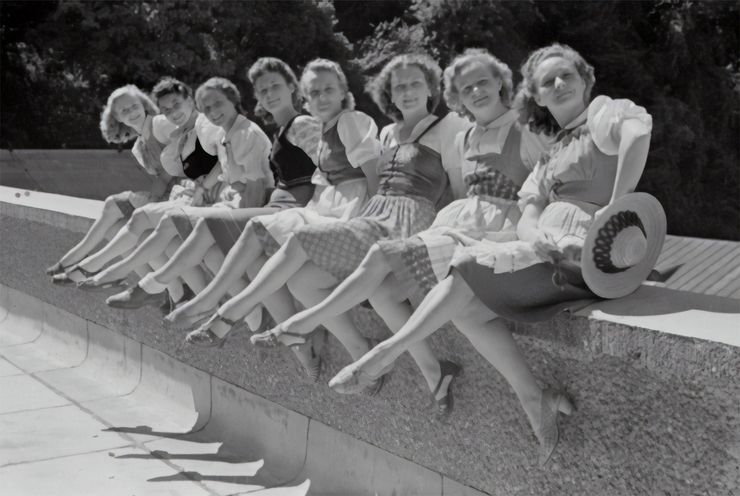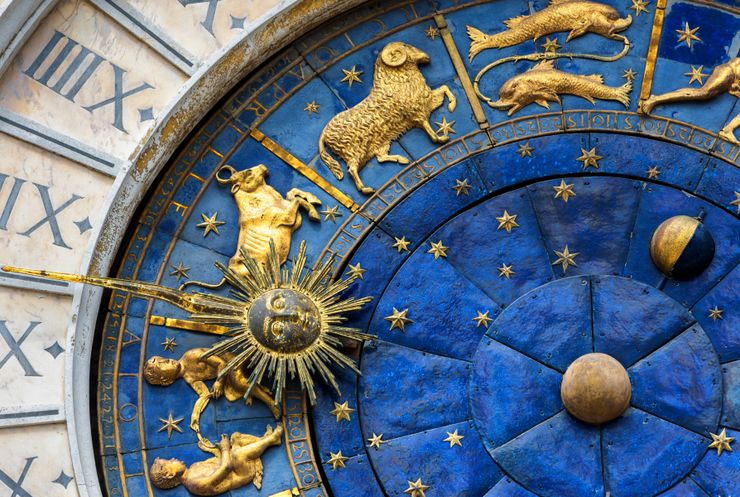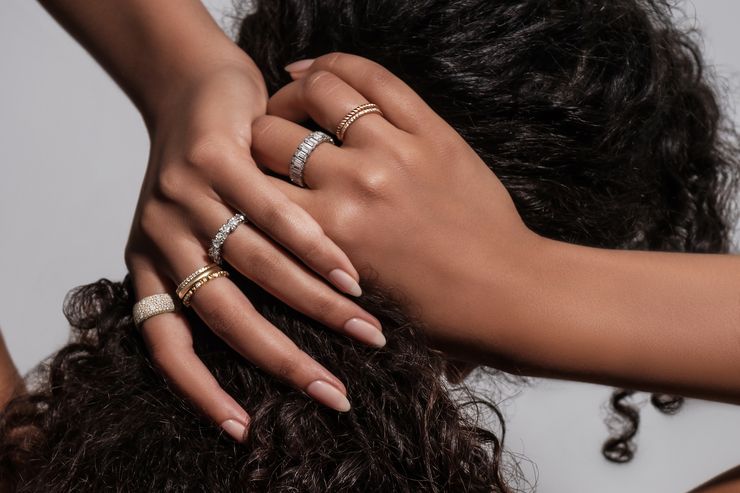Why do we propose by getting down on one knee?
For most of history, marriage engagements were enacted through the signing of legal documents or between the meetings of families. With nary a flash mob in sight, oil paintings of the early modern period show a man and a woman standing next to each other during their engagement (and usually looking a bit grim).
But, unlike getting your friend to hide behind a bus shelter with a camera to secretly capture the spontaneity of the ‘big moment’, having your friend jump out from behind some bushes and take an oil painting of your surprise proposal would have taken ages. So it’s no wonder they weren’t able to capture the thrill of the moment until about 2013, when iPhones finally got decent cameras.
That makes kneeling or, if you’re feeling fancy, ‘genuflecting’ (meaning the act of getting down on one knee before something sacred) a relatively modern tradition. First recorded in illustrations in the daily penny papers of the 1800s, kneeling was a convenient way to convey the act of proposing in the silent films of the 1920s. This representation in modern pop-culture cemented the act of kneeling as the de facto means of proposing the world over.


















